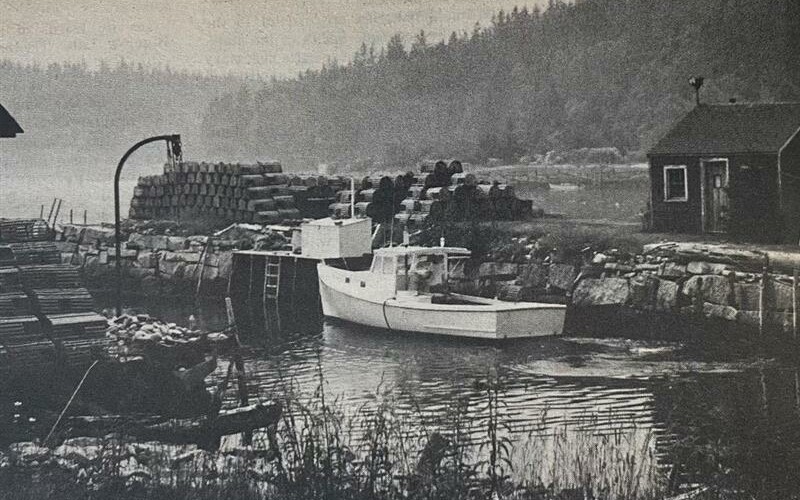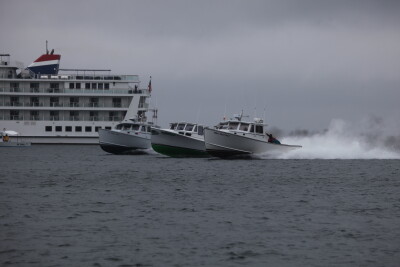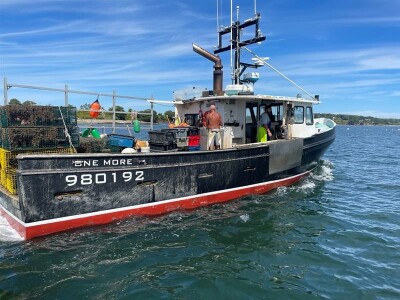April 6, 2023
The evolution of lobstermen and their boats

Maine Lobsterboat from the 1970s. Photo from 1979 NF article.

You've caught the limit!
Free membership gives you access to:
- Unrestricted access to all NationalFisherman.com articles.
- Receive in-depth reports and research on various topics related to the fishing industry.
- Up-to-date news updates from the fishing industry delivered directly to your inbox twice a week.






